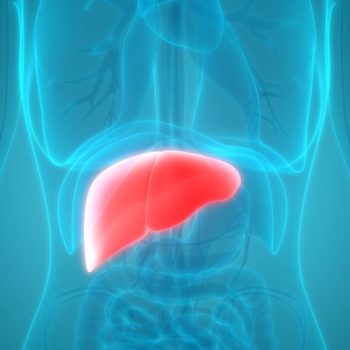The World Health Organization has set this objective for 2030: to eradicate hepatitis C. At last June’s Global Hepatitis Summit in Toronto, Canada, Dr. Homie Razavi and his team from the Polaris Observatory of the Centre for Disease Analysis Foundation (CDAF), Lafayette, CO, USA, presented new data on the global hepatitis C epidemic that showed that only 12 countries in the world are on track to meet the WHO target of 194 countries worldwide to eliminate the infection in 2016. The observatory employs more than 1000 international experts and tracks progress in the fight against hepatitis C in more than 100 countries. We talk about this topic with Dr. Roberto Ceriani, hepatologist at Humanitas.
The global update
To be on the right track, a country must treat at least 7% of infected people each year and have no restrictions on access. Despite open access to all patients with hepatitis C virus, even the least serious, and despite the use of drugs that act and treat in just 8 weeks, rather than twelve, with a very high efficacy, according to the last European congress on liver diseases currently taking place in Paris, Italy would not be on the right track to eradicate the disease.
“From the global update of 2017, to the countries already included in the list of those who could eliminate HCV infection by 2030 Australia, Egypt, France, Georgia, Iceland, Japan and the Netherlands, Italy, Spain, Switzerland, United Kingdom and Mongolia have been added in relation to the number of patients treated and the removal of restrictions on treatment – explained Dr. Ceriani. In these countries at least 7% of the infected population is treated each year, while Germany, which no longer treats 7% of the infected population, and Qatar, which was unable to provide new data to the Polaris Observatory to confirm its progress, were excluded. As of June 2018, according to AIFA data, 145,009 treatments had been started in Italy”.
Towards the goal set by the WHO
In order to achieve this objective it is necessary to have unlimited access to treatment and treat at least 7% of the infected population, there are countries with high income or high profile medical facilities, which apply restrictions to treatment such as the United States or which treat a number of patients below the threshold such as Canada.
“Overall, in 2017, 2.1 million patients were treated, compared to 1.8 million in 2016 – added the specialist from Humanitas – This growth occurred in middle-income countries while in high-income countries the number of patients treated decreased. The reduction in treatment is due to the fact that therapies in known HCV Ab positive patients have been completed; so national screening for new patients is crucial.
High-income countries are currently concentrating screening on high-risk populations such as injecting drug users, drug rehabilitation centers and prisons. This strategy, however, may not pay off in the long term, as it is estimated that only 20% of unknown infections are among these subjects. The only exceptions to the national screening campaigns are Egypt, which in 2017 tested about 4.5 million people and obtained a $200 million loan from the World Bank to control the rest of the population, and Mongolia, which in 2016 tested the entire population between 41 and 65 years and in 2017 between 18 and 40 years.
Dr. Razavi and his team are currently working with countries to identify what is needed to make a screening programme profitable for the general population with a planned demonstration project in Africa.
Italy’s objectives
AIFA’s goal is to maintain a high number of annual HCV treatments, in order to achieve the elimination of infection.
The treatment of all positive HCV patients, regardless of their degree and stage of illness, produces important gains in terms of health and reduction of direct and indirect costs by the NHS.
Unfortunately, people who have contracted HCV infection in most cases do not develop clear symptoms and are therefore not identified and treated. It is essential to be able to discover the “submerged”, and therefore increase the number of patients diagnosed with HCV in order to be able to direct them to therapy with the new antiviral drugs with direct action (DAAs). Comprehensive screening could be carried out in the courts of people born between the 1950s and 1970s or by all those who have more access to health care due to chronic conditions.









